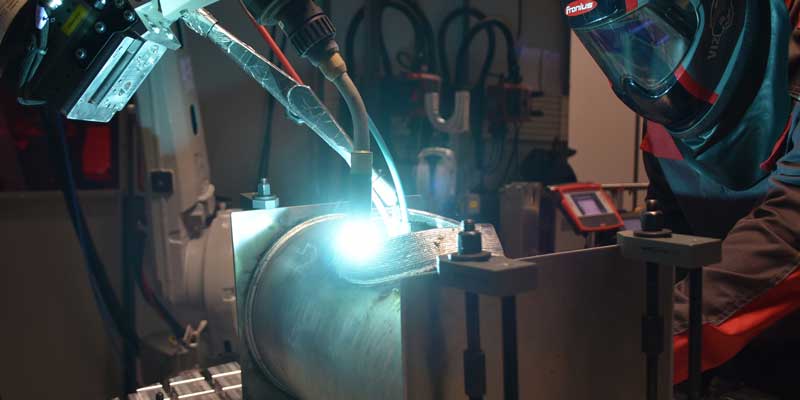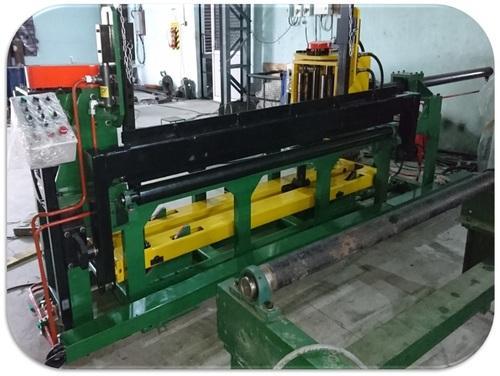Schedule a Call Back
Tips to manufacture pressure vessel using metal 3D printing technology
 Articles
Articles- Oct 18,24

- The highest possible deposition rate
- A reduced-heat process to avoid or minimize the cooling requirement and distortion
- No lack of fusion in the connection to the base material
- Insensitive to changes in the distance between welding torch and component
- Absolute reproducibility of the high material quality required within the qualified limitations of the deposition process
- Suitability for large components
Table 1: Results of the test
Type of test | Testing processes | Scope of testing |
Non-destructive testing | - Volume testing (RT or UT) - Surface testing (VT and PT) | Per component, 100% of the relevant areas of the design (or 20% if using a suitable grid to fully cover the area) |
Destructive testing | - Chemical analysis - Tensile test to determine strength and elongation - Bending test | 1x in the additively manufactured area 2x in the unfavorable direction, and also in the hybrid area 2x in the unfavourable direction, and also in the hybrid area |
Final testing | Water pressure test Bursting test (optional) | |
Related Stories

Evermore Elevates Precision Manufacturing with STUDER Machines
Evermore is strengthening its precision manufacturing capabilities through long-standing collaboration with STUDER, leveraging high-accuracy grinding technology to boost quality, efficiency, and com..
Read more
UNITED GRINDING and CHARMILLES Honoured at EMO Hannover 2025
At EMO 2025, UNITED GRINDING completed its digital ecosystem by integrating the open, manufacturer-independent customer portal from Transaction-Network.
Read more
Achieve Maximum Freedom in Mobile MMA Welding with the Ignis Battery
The Ignis Battery impresses with functions that make welding easier, safer, and more efficient. HotStart and SoftStart ensure optimum ignition for rutile, basic, or CEL electrodes.
Read moreRelated Products

Hardy - Chassis Mounted Weighing Card for Rockwell PLCs
Kore Mechatronics Private Limited offers a wide range of
hardy - chassis mounted weighing card for Rockwell PLCs.

Tack Welding Machine
Invent Weld
Automation offers a wide series of tack welding machines.

Bench Welding Positioner
Toss Weldtronics
offers a wide range of bench welding positioners.
















